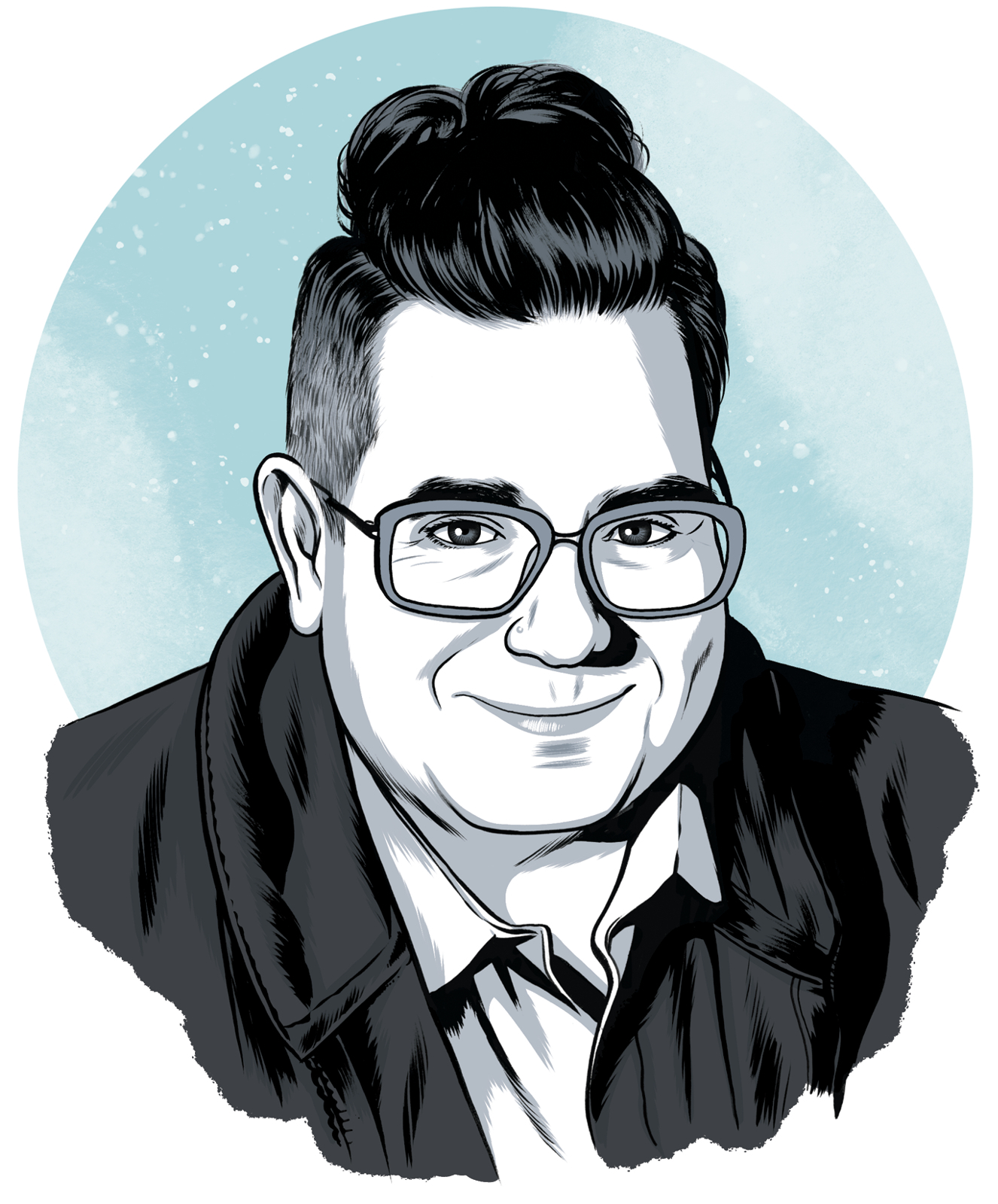Stepping Into the Spotlight: New College of Fine Arts Dean Comes Home to UT

When Ramón Rivera-Servera steps into his new role as dean of the College of Fine Arts this summer, it’ll be both a homecoming and a milestone for the university. He graduated from UT’s Performance as Public Practice PhD program—the first person to do so—in 2003. And now he’s the first Latino to serve as CoFA’s dean in the school’s 84-year history.
Rivera-Servera was most recently chair of the Department of Performance Studies at Northwestern University. His research focuses on how the arts contribute to social change and help us become a more ethical society. His book, Performing Queer Latinidad: Dance, Sexuality, Politics, published in 2012, examines how LGBTQ Latinx individuals in the U.S. built community through dance in the 1990s and early 2000s.
When he chatted with the Alcalde over Zoom this spring, Rivera-Servera was working on a grant project he helped create in Puerto Rico, where he was born and raised. Over the last several years, Puerto Rico has faced a financial crisis, hurricanes, earthquakes, political unrest, and now a pandemic. In 2017, he spearheaded the Puerto Rican Arts Initiative at Northwestern, a residency program for Puerto Rican artists, to help maintain local art practices amid so much calamity. The residency program will now continue in partnership with UT.
Rivera-Servera told the Alcalde about his vision for the College of Fine Arts and his excitement about the prospect of returning to live performances as more people are vaccinated against COVID-19.
What is the focus of your scholarly work?
I am by training and by practice a performance ethnographer. But more broadly, really, I’m somebody who studies the ways communities mobilize the arts for the greater good. I’m always interested less in advancing my own judgment of the way a particular art practice unravels and really invested in learning about who’s making it and why, who’s going to see it and why.
What was your experience in your PhD program at UT?
I work in both scholarly and artistic communities, and I thrive in that kind of mutual, reciprocal conversation. UT Austin was for me the first and most explicit platform where that could happen—where you could learn the specificities of doing good academic or artistic work and still have great concern for the betterment of the world.
There were difficult things as well. Most of the faculty, especially women of color who served as my mentors, were at UT Austin during a period when their work was not as highly valued. So, they were great supporters and great mentors to me, but they had to move on institutionally because they either did not achieve tenure or they were not having the kinds of broader conversations that they were hoping for in their community. And, so, I come with a sense of both everything that I found, but also on what shoulders I stand. The shoulders of people who initially struggled to become citizens of the university because their areas of research were newer, not as appreciated, or a little bit in between disciplines.
It’s just beautiful to come back almost 20 years later and see how those meeting points for broader conversations across the disciplines are really driving innovation at UT Austin right now.
How does it feel coming back to UT?
It feels absolutely amazing. I’m both a proud alum, coming home to a platform that really inspired and launched my own career and coming to a place that has taken the mantra of making good in the world, of transforming the world, of changing the world, really to heart. What better job is there to come into a place that’s already oriented toward changing the world, to make the argument about how the arts are important to doing that?
What is your vision for the College of Fine Arts?
I’m very invested in a broad range definition of the arts. I’m highly committed to the consequential nature of the arts for society. Because of that, I want the society that the arts aspire to transform—to inform, to inspire—to look like the world looks. I want the arts to be diverse, inclusive, equitable. And that is one of the primary areas of focus for me, to see where the strengths of our faculty, of our students, of our collaborating artist communities, can help us achieve a more pluralistic vision for what we define, support, and engage as art. That artists are learning and gaining skills not just to be outstanding at their particular practice but generous, broader citizens of the art world and our society.
As more people are getting vaccinated and feeling more comfortable being in public, does that give you hope for a more normal arts experience?
There’s nothing I yearn for more than to be in a theater space looking at theater and dance artists doing what they do. We’re getting to the point, thank goodness, where this is manifesting as a possibility.
Getting back to the laboratory and sharing our inventions with the world seems both urgent and necessary at this point. It’s immensely exciting for me to come into a campus that has endured a deprivation from the arts and from any kind of physical proximate interaction, like the classroom, for a significant amount of time because of the pandemic, and to reach a moment where we’re about to be in the company of others again.
And as innovative and expansive as [teaching] has become in the socially distant framework, [it’s exciting] to reincorporate the intimate techniques of being in a room together, even if that means being in a room together with 100 students in an auditorium instead of 300, because of socially distant measures and so on. Even that for me is just inspirational, to be able to get to the art of teaching once more.
This interview has been edited and condensed.
Credits: Joel Kimmel





